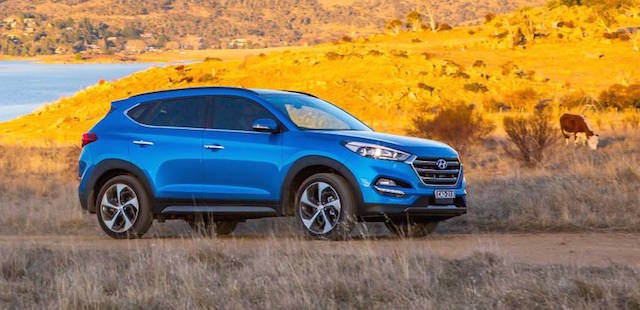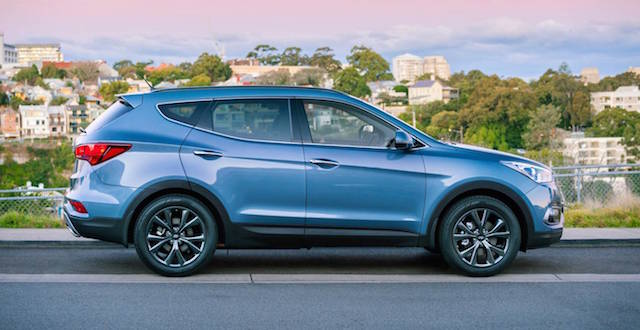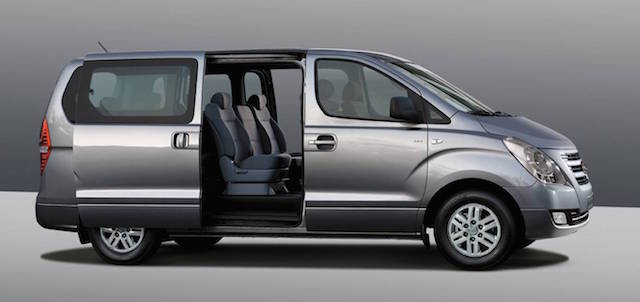
A lack of SUV and commercial models is costing Hyundai to the point where its global sales are hurting, along with its share prices, says a Reuters report.
As a result the South Korean company is working to cut costs, going as far as taking away benefits such as annual flights home to expatriate executives for holidays, says the news agency. Business class trips are also being scaled back, as well cut-backs on printing and lighting.
The cost-cutting is all part of a move to see the brand use every possible dollar it has to expand into growth segments in SUVs and pick-ups, according to the Reuters report. The Tucson (above) and Santa Fe (below) are the company’s only two new SUVs in NZ.
“We’re trying to address a mismatch between the market trend and our product line-up,” the report quotes a Hyundai insider as saying. “That’s a longer term plan. For now we’re trying to save every penny.”
Reuters reported another insider said Hyundai is in “emergency management mode”, with executive hotel room bookings downgraded, travel budgets cut to encourage more online conference calls, and executive salaries cut by 10 per cent.
Hyundai’s strength has been in offering sedans to a range of different markets around the world, but the automotive tastes of the world – even developing markets – has moved towards SUVs.
In the US market – Hyundai’s largest by volume – the brand managed to increase its SUV sales in 2016, with a jump from 23 per cent to 28 per cent of its total sales, but that pales in comparison to its peers, which see up to half of their sales made up by SUVs.
In markets like Australia, says Reuters, Hyundai’s limited SUV offering has almost certainly held the company back. Like New Zealand, it doesn’t have a small SUV to rival the likes of the Mazda CX-3 and Honda HR-V, nor does it have a more hardcore four-wheel-drive SUV to tackle the likes of the Toyota Prado. Then there’s the lack of utility vehicle, which would certainly see its sales push higher.
In the past two years, Hyundai has slipped three places on the NZ sales charts. Figures at the end of November 2014 show Hyundai had sold 7879 new vehicles in 11 months to be fourth, behind Toyota, Ford, Holden and in front of Mazda. Hyundai was fourth in 2013, too.
But it was in seventh place at the end of last November with 7779 sales, behind Toyota, Ford, Holden, Mazda, Mitsubishi, and Nissan. Each of the rival companies ahead of Hyundai have a wider range of SUVs and commercial utes.
Hyundai’s passenger car sales (SUVs, sedans, hatchbacks) have slipped from 7182 at the end of November 2014 to 6831 at the end of the same month last year, a slide of almost 5 per cent.
Its sales of commercial iLoad and iMax vans (iMax above), on the other hand, have jumped 36 per cent, from 697 after 11 months of 2014 to 948 at November’s end last year.
Reuters says Hyundai is also being realistic about sales targets for 2017 – it is said to have dropped its target from 8.35 million sales to 8.2 million units.


